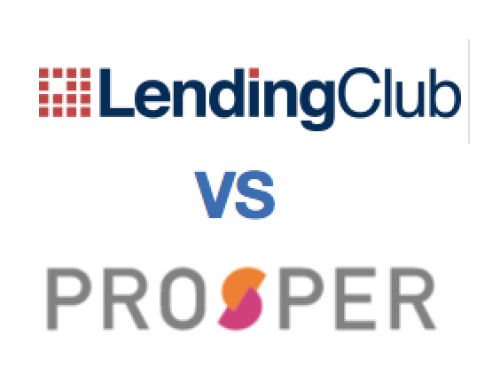
Going through a home foreclosure can be a heart-breaking experience that leaves individuals and families feeling helpless. The foreclosure process can stretch out over long periods of time as lenders move through the proper legal channels. Fortunately, homeowners do have certain rights throughout this process. Homeowners should consider their different foreclosure options depending on their circumstances.
Mortgage Payment Timelines
The terms stated in a standard mortgage agreement – as far as payment schedules, late fees and defaults go – set the guidelines for how a foreclosure proceeding will go. Different states may follow different proceedings in terms of when late notices are sent, redemption periods, and timetables for placing a house up for auction. There is, however a set of guideline mortgage companies follow when foreclosing on a house.
For most mortgages, late fees charges occur 10 to 15 days after the first missed mortgage payment. After 30 days of nonpayment, a borrower enters the default stage which sends up a red flag, meaning the property is at risk of foreclosure. Depending on the state, lenders may start the foreclosure process anywhere from three to six months after the first missed payment.
At this point, it’s not uncommon for lenders to start calling on a frequent basis regarding missed mortgage payments. In general, a lender may opt to speed up the foreclosure process in cases where a borrower ignores or avoids attempts to keep the lender informed of any potential financial hardship.
Foreclosure Options
Within the United States, there are three ways a foreclosure process can go, or three types of foreclosure:
- Judicial foreclosure
- Statutory foreclosure (also known as Power of Sale)
- Strict foreclosure
- Each state employs one and sometimes two types of foreclosure proceedings
Judicial foreclosure processes require lenders to go through the court system in order to foreclose on a home. Every state in the U.S. employs judicial foreclosure proceedings in one form or another.
Mortgage contracts that include a “power of sale” clause follow the statutory foreclosure process. In a nutshell, this clause allows the mortgage company to foreclose on a home -based on a pre-determined timeline- without going through the judicial system.
Strict foreclosure proceedings take place in just a few states. Strict foreclosures involve the lender filing a lawsuit claim against the borrower for defaulting on the mortgage contract. If the borrower cannot pay within a set period of time, the property is automatically transferred back to the mortgage company.
Owners’ Rights
Regardless of the type of foreclosure process in place, foreclosures are based on a mortgage contract, which gives homeowners certain rights under the law. With judicial foreclosures, homeowners have the right to challenge a foreclosure within the court system. Homeowners also have the right to pay off the loan within set periods of time (depending on the terms of the mortgage contract) without having to lose their home.
In some states, mortgage contracts will include a clause that describes the borrower’s “right of redemption.” The right of redemption allows the borrower anywhere from 6 to 12 months to buy back the home once it’s sold at auction. Since auction prices are considerably lower than market prices, oftentimes borrowers are able to buy back the home for less than the amount they originally owed. In the long run, paying a lower buy-back price will make it easier to repair your credit.
Other Options: HAMP and Short Sales
Homeowners with mortgage loans insured by Fannie Mae or Freddie Mac may qualify for assistance through the Home Affordable Modification Program (HAMP). The HAMP program allows homeowners to refinance their loan with lower interest rates, which can considerably reduce the monthly mortgage payment. Once an application is submitted to the program, the foreclosure process grinds to a halt until the application is approved or denied.
Homeowners also have the option to put their home up for a “short sale.” Short sales involve selling a home for less than what’s owned on the existing mortgage loan. In effect, this option will damage a homeowner’s credit, but not as much as a foreclosure would. This means less work when it comes time to repair your credit.
Ultimately, a person’s individual financial circumstances will determine which foreclosure option can best protect your credit record. Anyone holding a mortgage backed by the federal government (Fannie Mae/ Freddie Mac) should try to take advantage of any government programs designed to help avoid foreclosure and repair your credit.
Conclusion
it’s best to avoid foreclosure, except in the case where mounting debt causes considerable damage to your credit record. Under these conditions, you may be better off filing for foreclosure so you can start the credit repair process as soon as possible. If you enter foreclosure proceedings make sure that you do your homework and understand what your rights are under state law in regards to the foreclosure process.













Follow Us